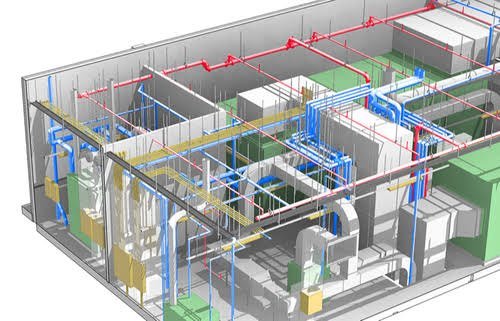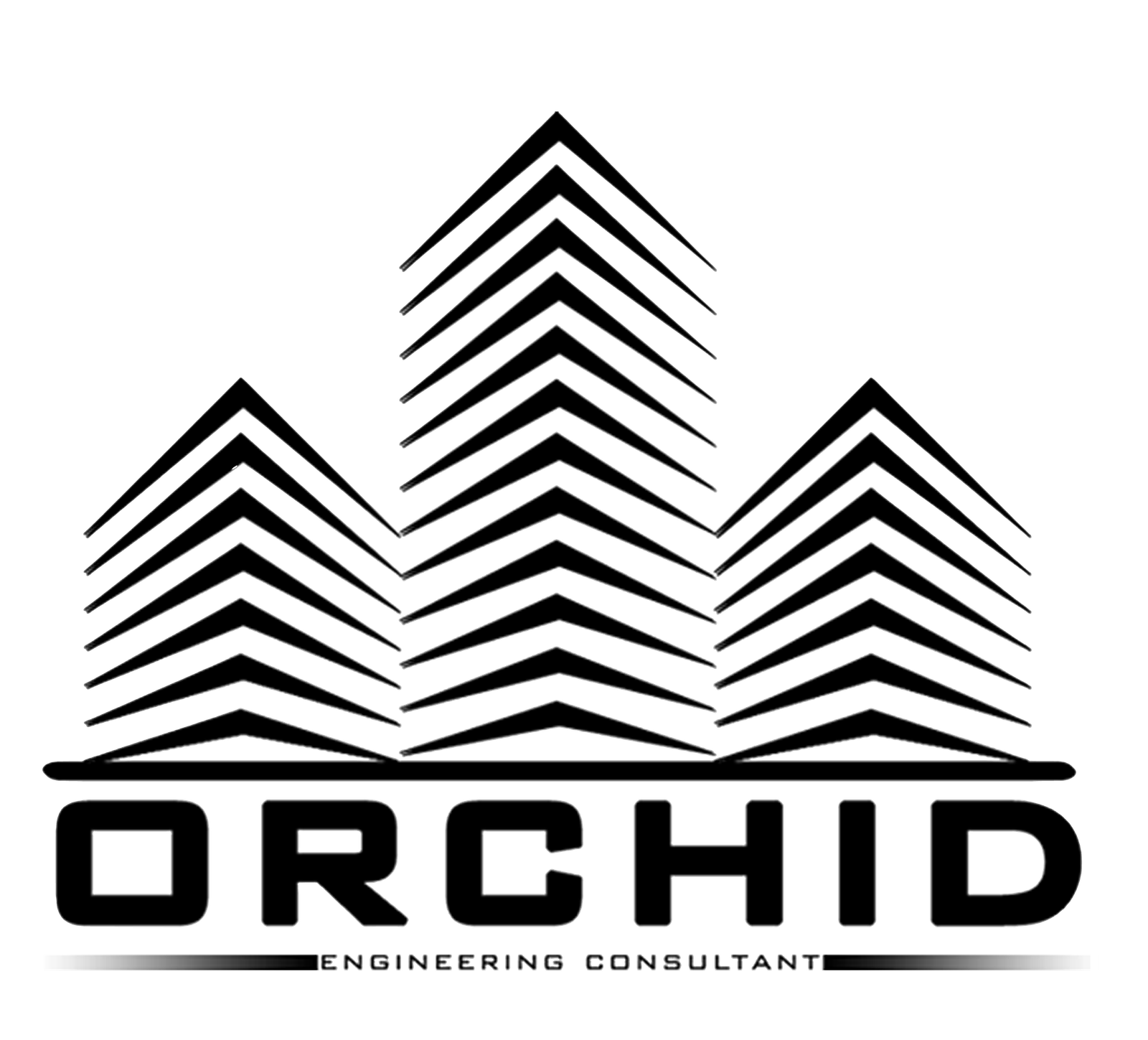
The Importance of MEP Design in Sustainable Project Execution
Understanding MEP Design
MEP design, an essential aspect of building infrastructure, encompasses three critical systems: mechanical, electrical, and plumbing. Each of these elements plays a significant role in the overall functionality and sustainability of a construction project. The mechanical system is primarily responsible for heating, ventilation, and air conditioning (HVAC), which are crucial for maintaining indoor environmental quality. By effectively controlling the temperature and airflow, mechanical systems significantly enhance occupant comfort and energy efficiency within a building.
Electrical systems in MEP design encompass all aspects of power supply, lighting, and communication systems. These systems must be meticulously planned to ensure safety, reliability, and efficiency. Proper electrical design reduces energy consumption through smart lighting solutions, renewable energy integration, and energy-efficient appliances. A well-executed electrical system also supports the mechanical components by providing the necessary power to function optimally, thereby contributing to the overall sustainability goals of the project.
The plumbing system, another vital component of MEP design, involves the distribution of water and the removal of waste. Effective plumbing systems are designed to minimize water wastage and enhance water quality through appropriate fixture selection and efficient piping layouts. Innovations in plumbing design, such as rainwater harvesting and greywater recycling, underscore the focus on sustainable resource management. When integrated with mechanical and electrical systems, plumbing promotes efficient use of water resources, ultimately aiding in reducing a building’s environmental footprint.
In summary, MEP design provides a holistic approach to building infrastructure, ensuring that mechanical, electrical, and plumbing systems are not only efficient but also interlinked to enhance the performance and sustainability of construction projects. Understanding each component’s role underscores the importance of MEP design in achieving a balanced and responsible approach to modern building practices.
The Benefits of Integrating MEP Systems

The integration of Mechanical, Electrical, and Plumbing (MEP) systems during the design phase of any construction project offers numerous advantages that significantly enhance overall project performance. One of the most notable benefits is improved energy efficiency. When MEP systems are designed cohesively, they can operate synergistically, reducing energy consumption while ensuring optimal functionality across the building. This collaborative approach helps in minimizing waste and can lead to substantial reductions in utility costs, which is a considerable advantage in today’s economy.
Moreover, integrating MEP systems plays a crucial role in effective water management. An integrated design allows for the precise alignment of water supply and drainage systems, which not only conserves water but also improves water quality through better management of water flow. This coordinated approach reduces the likelihood of leaks and other inefficiencies, thereby enhancing the overall reliability of plumbing systems. Advanced water-saving technologies, when combined with an integrated MEP design, ensure that projects adhere to sustainability goals while maximizing resource efficiency.
Cost savings represent another significant advantage of integrating MEP systems. By addressing the combined components of mechanical, electrical, and plumbing design early on, projects can avoid costly modifications during construction. This proactive approach enables project teams to identify potential conflicts and inefficiencies, thereby streamlining construction processes and reducing delays. Additionally, these savings can be further realized through the implementation of sustainable technology and smart building systems, which are increasingly becoming the industry standard for enhancing operational efficiency.
Finally, the impact of integrated MEP design extends beyond economic benefits to contribute positively towards sustainability efforts and environmental stewardship. By optimizing resource use, these systems help in reducing a building’s ecological footprint, aligning with global efforts to create greener, more responsible structures. In conclusion, integrating MEP systems during the design phase is essential for achieving energy efficiency, water management, cost savings, and fostering a sustainable approach in building projects.
Challenges in MEP Design and Integration

Mechanical, Electrical, and Plumbing (MEP) design plays a crucial role in the overall success of building projects. However, the integration of these systems presents several challenges that can impede efficient project execution. One of the primary obstacles is the complexity of coordinating the various systems involved. Each subsystem—mechanical, electrical, and plumbing—must function seamlessly with one another, and discrepancies in design can lead to significant delays and increased costs. This is particularly true in larger commercial projects where multiple stakeholders are involved, each with their own interests and objectives.
Another challenge stems from technological constraints. With rapid advancements in construction technology, MEP designers often face difficulties in implementing the latest systems and equipment. The integration of emerging technologies, such as smart building systems and energy-efficient appliances, requires a thorough understanding of how these innovations can complement existing designs. Furthermore, professionals must ensure that these systems adhere to local, national, and international building codes and standards. Compliance is critical not only for meeting legal requirements but also for ensuring the safety and longevity of the building.
To mitigate these challenges, the adoption of advanced modeling software has proven beneficial. Building Information Modeling (BIM) enables designers to create a digital representation of the MEP systems, facilitating better visualization and coordination among team members. Collaborative workflows that encourage frequent communication between MEP engineers, architects, and contractors can also help in identifying potential conflicts early in the design process. By prioritizing these strategies, teams can enhance the accuracy of MEP integration, reduce the probability of costly reworks, and ultimately contribute to the sustainability and efficiency of the project.
Future Trends in MEP Design for Sustainable Projects
The landscape of Mechanical, Electrical, and Plumbing (MEP) design is evolving rapidly, propelled by innovations that prioritize sustainability in construction. As the industry progresses, energy modeling software has emerged as a crucial tool for engineers and designers. This technology allows for detailed simulations of energy consumption, enabling stakeholders to evaluate potential efficiencies and optimize systems before actual implementation. By analyzing various scenarios, MEP professionals can select the most sustainable solutions tailored to specific project requirements, thereby minimizing the ecological footprint from the outset.
Additionally, the integration of the Internet of Things (IoT) is revolutionizing how MEP systems are monitored and managed. IoT devices can provide real-time data about system performance, allowing for proactive adjustments and maintenance. These smart technologies improve operational efficiency, enhance energy conservation, and contribute significantly to water efficiency, thereby playing a vital role in the sustainability of building projects. Enhanced connectivity between devices facilitates smarter decisions and fosters automated adjustments that respond to occupancy and environmental changes, promoting a more responsive and adaptable MEP design.
Looking ahead, the focus on sustainability will likely amplify the implementation of smart technologies in MEP systems. Innovations such as artificial intelligence and machine learning will further enhance predictive maintenance and energy optimization, leading to a more refined design approach. These technologies will contribute not only to energy efficiency but also to improved occupant comfort and safety. As builders and designers aim to meet stricter regulations and consumer demands for sustainable properties, the refinement of MEP design will be critical. By harnessing these trends and technologies, the construction industry can move towards a more sustainable future, ensuring that MEP systems are engineered for both performance and environmental stewardship.
